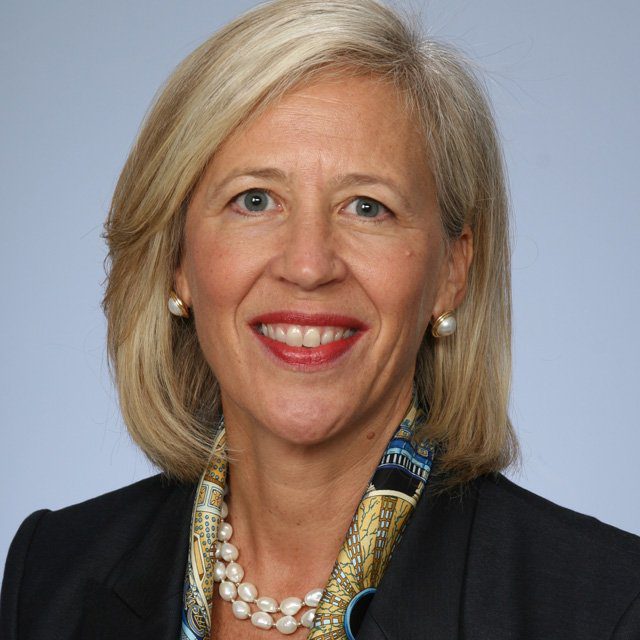The Future of Annuities Brings Opportunities for Advisors

What You Need to Know
Advisors have an opportunity to inform retirement plan providers and annuity product manufacturers about what their clients want and need as it pertains to income solutions.
Providers are realizing the importance of creating meaningful competition and pricing transparency at the point of annuity purchase.
As advisors work with their clients on income planning, they need to keep in mind that there is a lot of emotion involved in these decisions.
While many in the financial planning world are still studying up on the best ways to communicate about and deliver annuities to retirement planning clients, Kelli Hueler, CEO and founder of Hueler Cos., has been working on the challenge for many years.
Hueler founded her firm in 1987, and today Hueler Cos. is recognized as an innovative technology and research provider offering resources for the analysis, selection and implementation of stable value and lifetime income annuity products.
Hueler spoke this week with ThinkAdvisor to mark the forthcoming launch by Fidelity of Guaranteed Income Direct, a platform designed to support individuals as they convert a portion of their 401(k) or 403(b) savings into a guaranteed annuity. According to Hueler, the push by Fidelity and other firms to deliver “in-plan” lifetime annuities marks an important milestone in the development of the U.S. retirement planning landscape.
Fidelity alone has some 8 million workers utilizing its workplace savings platform who are nearing retirement. As Hueler notes, beyond Fidelity’s book of business, many millions more people in the U.S. are expressing a growing interest in guaranteed income annuity options that are connected to their company’s retirement savings plan or delivered via relationships with their fiduciary financial advisors.
As recounted in the Q&A dialog below, Hueler sees the U.S. as still being in the “early innings of retirement income,” but she is more encouraged than ever about the sprit of innovation and collaboration shared by annuity product manufacturers, financial advisors and retirement plan providers.
THINKADVISOR: Given your background working on annuity distribution issues, how do you reflect on this moment in the U.S. financial services industry? Is ‘income’ finally getting the attention it deserves?
Kelli Hueler: I think the answer is yes, finally. There were a lot of days in the past when we felt like we were painfully ahead of our time, given our focus on annuity distribution. For many years, it was really hard to get people to sit down with us and have the discussions about lifetime income.
Today, things are a lot different, and you can see that in Fidelity’s announcement.
In the past few years, the financial advisor community has really helped to inform some of the retirement plan providers and annuity product manufacturers about what their clients want and need as it pertains to income solutions.
Our point of view at Hueler Cos. is that we need to all work together to create meaningful competition at the point of annuity purchase, whether we are talking about annuities being purchased inside or outside of retirement plans.
We are gratified to see the fact that providers like Fidelity are embracing the notion that proprietary, closed-architecture solutions are not going to solve the income challenge. In Fidelity’s case, the annuities come with institutional pricing and are offered by a significant variety of insurers.
The open architecture style is the future of income, and it’s very exciting from where we sit.
How important, or not, is the discussion of in-plan versus out-of-plan annuity purchases? What should wealth advisors know about the in-plan annuity landscape?
Honestly, I see the in-plan versus out-of-plan discussion as a pretty big distraction. Our technology can support solutions that are implemented either way, and both are important. We are agnostic.
The bigger thing to emphasize, as I noted, is the need to have some competition and pricing transparency at the point of purchase. In our conversations with plan advisors and wealth managers, they emphasize this point, because they are either working in a fiduciary capacity for their clients or their clients are in the position of being retirement plan fiduciaries themselves.
No matter how good an annuity product manufacturer is, no single provider can offer the best solution in every situation, and so choice and competition are such important elements to consider.




